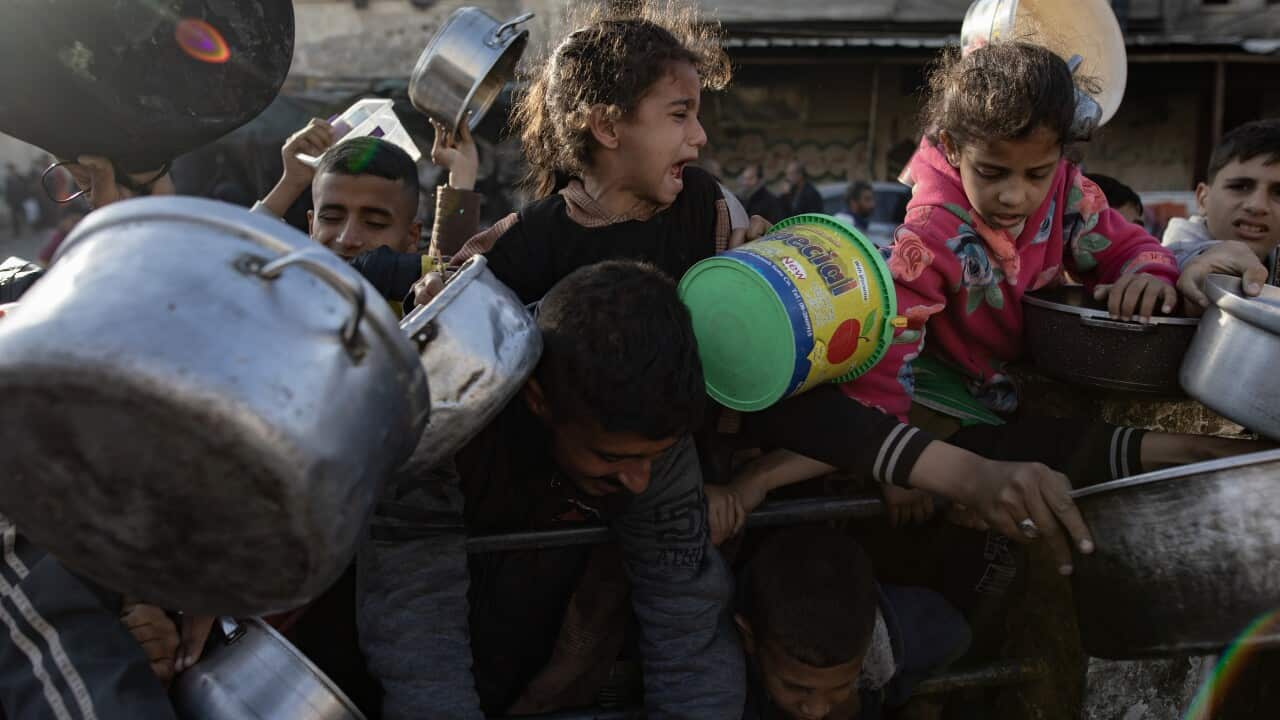Consultant Gastroenterologist Dr Ayaz Chowdhury MBBS FRACP D.Epid is the founder president of the Federation of Bangladesh Medical Societies of Australia.
"Currently there are almost 300 Bangladeshi Doctors who are going through the process. Approximately 100 Bangladeshi doctors and 500 immigrant doctors have fulfilled all criteria,” he told SBS Bangla.
“They are finding it increasingly difficult to get into the Australian health workforce even after successfully completing all examinations.” There are a number of reasons, explains Dr Chowdhury. Currently, each year over 3000 local medical graduates enter the workforce. He says that number has increased since a number of universities opened medical faculties resulting in a lesser number of available positions.
There are a number of reasons, explains Dr Chowdhury. Currently, each year over 3000 local medical graduates enter the workforce. He says that number has increased since a number of universities opened medical faculties resulting in a lesser number of available positions.

Consultant Gastroenterologist Dr Ayaz Chowdhury MBBS FRACP D.Epid, founder president, Federation of Bangladesh Medical Societies of Australia. Source: Supplied
“We accept and support that an overseas medical graduate has to attain a certain standard in the English language to communicate, has sound knowledge and good clinical skills to be able to practice medicine in Australia," he explains.
"However after having gone through all these exams they face further difficulties in getting into the Australian medical workforce.”
“Over the past few years, doctors are coming into Australia from 'competent' countries (UK, USA, Canada, Ireland and New Zealand).”
“They can directly apply for hospital jobs which are advertised internationally. They do not have to go through the AMC (Australian Medical Council) examination.”
Once doctors from these “competent” countries are offered a job by an Australian hospital, the processing time by AHPRA (Australian Health Practitioners Regulatory Authority) for temporary registration for them to start working is 1-2 weeks.
Dr Chowdury says that when a Bangladeshi doctor gets a job offer and applies for Limited Registration, the processing time for AHPRA is unacceptably long. This jeopardizes the job that they were offered as the hospital cannot wait for 3 - 6 months for the doctor to start.
“If there are any logistical supports needed by AHPRA, like increasing the number of case officers, we would urge the federal government to provide assistance.”
The third issue dilemma applies particularly to female Bangladeshi doctors (although the requirement is true for a male doctor.) As they also try to start a family while sitting for all the exams in a significant proportion of cases it takes more than three years. They are then required to obtain “recent” clinical experience which they are unable to provide in Australia.
So in many cases, says Dr Chowdhury, the Bangladeshi doctor bundles her baby, leaves her husband in Australia and goes to Bangladesh to undertake the clinical training. This can expose the baby born in Australia to increased risk of serious infection due to lack of previous exposure and lack of immunity to infection.
“As they are Australian citizens, does the Australian Government have obligations to provide them with supervised training in Australia for 3 months so that they do not have to separate the family and expose the children to danger?” Dr Chowdhury asks.
Listen to Dr Ayaz Chowdhury’s full interview (in Bangla) with SBS Bangla in the audio player above.




